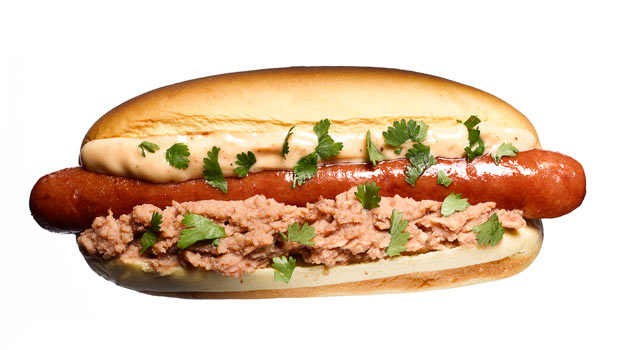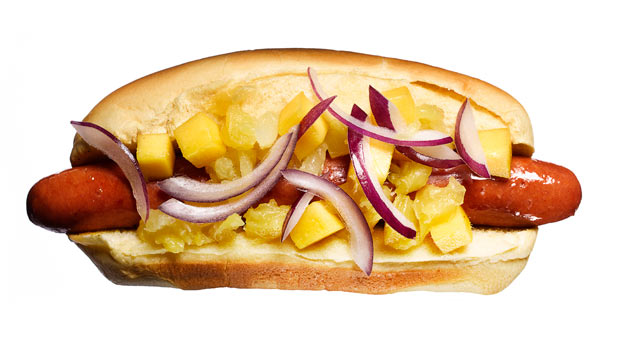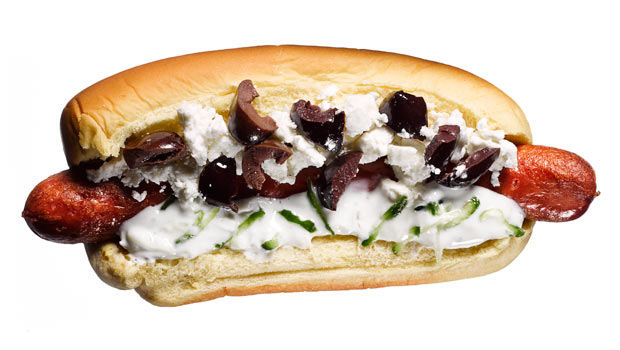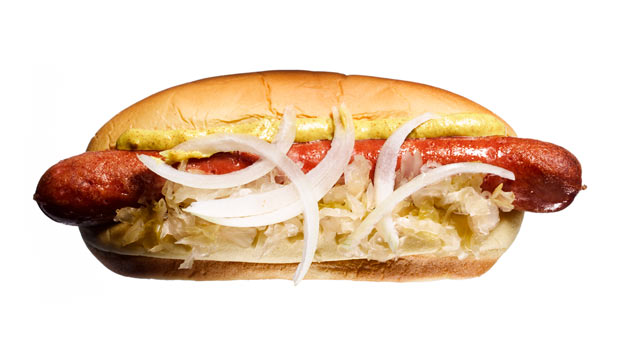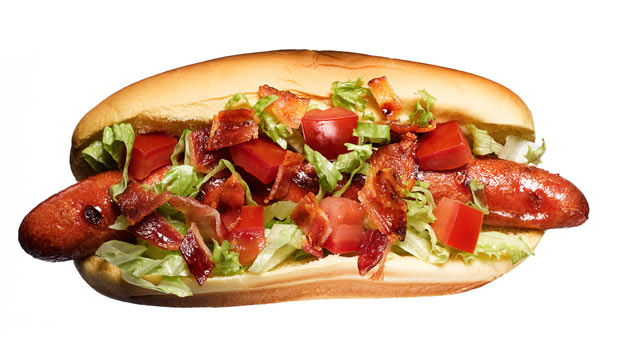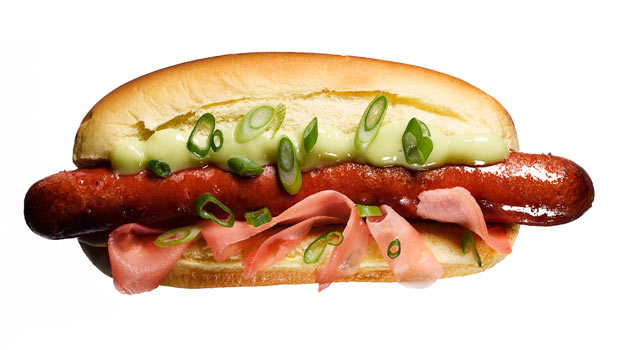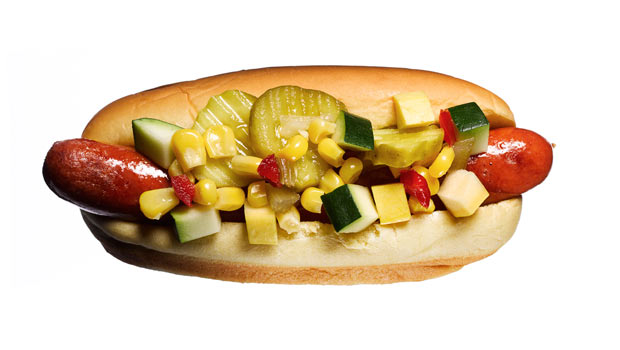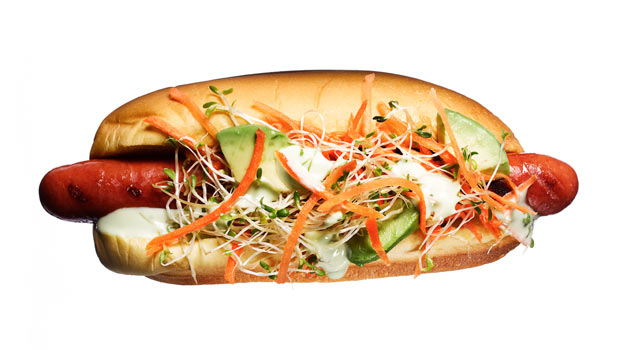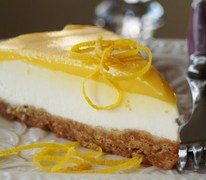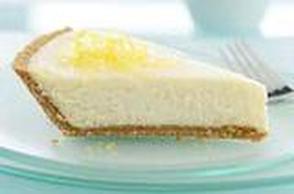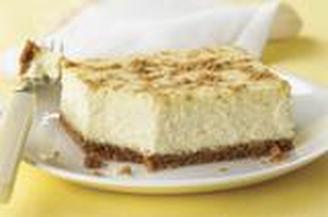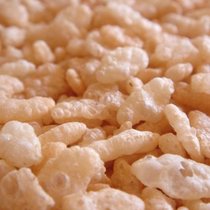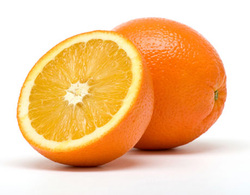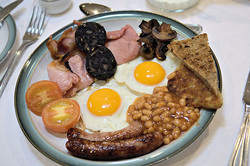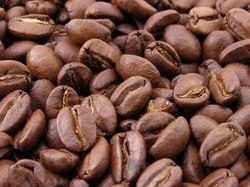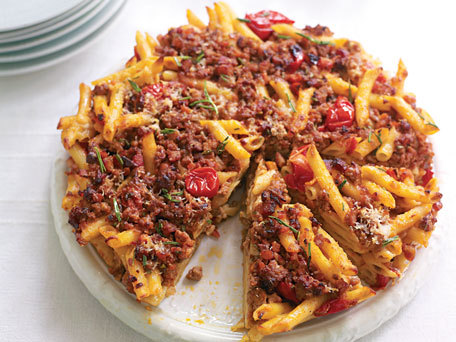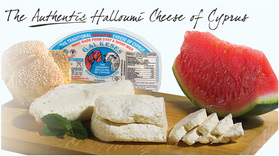
Do you know Halloumi? Did you ever try?
If you answer the above questions with 'Yes', then I know that you love Halloumi and you will like my collection of delicious and healthy Halloumi recipes.
If you answer the above questions with 'No', then I want to invite you to get to know Halloumi and discover how many different dishes you can prepare in a fast and easy way with LetsEat's collection of the Halloumi recipes.
If you answer the above questions with 'Yes', then I know that you love Halloumi and you will like my collection of delicious and healthy Halloumi recipes.
If you answer the above questions with 'No', then I want to invite you to get to know Halloumi and discover how many different dishes you can prepare in a fast and easy way with LetsEat's collection of the Halloumi recipes.
What is Halloumi Cheese?
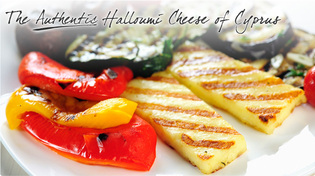
Halloumi is a traditional cheese from Cyprus, the island in the Mediterranean Sea.
Halloumi cheese has a higher melting point than other cheese what makes it suitable cheese for grilling and frying. You almost won't find any BBQ in Cyprus without the use of halloumi.
Sometimes you might also come across haloumi cheese or hallomi cheese, which is the same and refers to Halloumi too.
It is also very common in warm months, to eat halloumi together with watermelon. The juicy slices of the watermelon are quite refreshing while the slices of halloumi give the delicious taste.
Halloumi is also one of the dishes that are usually served within a Cyprus Meze and very often you also will see a few slices of halloumi accompanying a cold beer ordered in a taverna.
Halloumi cheese has a higher melting point than other cheese what makes it suitable cheese for grilling and frying. You almost won't find any BBQ in Cyprus without the use of halloumi.
Sometimes you might also come across haloumi cheese or hallomi cheese, which is the same and refers to Halloumi too.
It is also very common in warm months, to eat halloumi together with watermelon. The juicy slices of the watermelon are quite refreshing while the slices of halloumi give the delicious taste.
Halloumi is also one of the dishes that are usually served within a Cyprus Meze and very often you also will see a few slices of halloumi accompanying a cold beer ordered in a taverna.
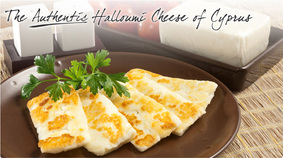
Halloumi, Hallomi or Haloumi Cheese?
Halloumi is produced worldwide nowadays, although its origin is in Cyprus and the East Mediterranean. Within the US halloumi is registered as a protected cypriot product. The reason for not being registered within the EU is to find in a dispute between dairy producers and sheep and goat farmers about the percentage of cow's milk allowed to be used, if any.
In Canada halloumi is registered as hallomi without the 'u' cause of a difference with a local dairy producer.
Haloumi Cheese, with only one 'l' is just one of the typical typing errors for Halloumi Cheese.
Halloumi is produced worldwide nowadays, although its origin is in Cyprus and the East Mediterranean. Within the US halloumi is registered as a protected cypriot product. The reason for not being registered within the EU is to find in a dispute between dairy producers and sheep and goat farmers about the percentage of cow's milk allowed to be used, if any.
In Canada halloumi is registered as hallomi without the 'u' cause of a difference with a local dairy producer.
Haloumi Cheese, with only one 'l' is just one of the typical typing errors for Halloumi Cheese.
Halloumi-crumbed chicken breast Recipe
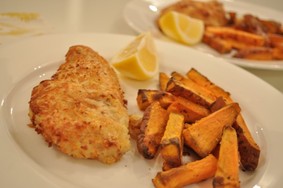
serves 2
- 80g halloumi, finely grated
- 2 tsp lemon zest
- 2 tbsp bread crumbs
- 2 chicken breast fillets
- 1 egg
- 1/3 cup flour
- salt and pepper
- vegetables to serve
- Mix the halloumi, bread crumbs and lemon zest together in a wide shallow bowl and season it with a little salt and pepper.
- In another bowl, whisk the egg.
- In another bowl, tip in the flour.
- Crumb the chicken fillets by dipping them in the flour bowl. Shake off the excess then dip them in the egg. Let the excess egg drip off and then place them in the final bowl – the halloumi crumb. Press them in firmly so they’re well coated.
- Pre-heat the oven to 180C fan-forced.
- Heat a little oil in a frying pan and cook the chicken for 2 minutes on each side until it is browned.
- Transfer the fillets to a lined baking tray and cook them for a further 15 minutes or until cooked through.
- Serve the chicken with vegetables or salad.
